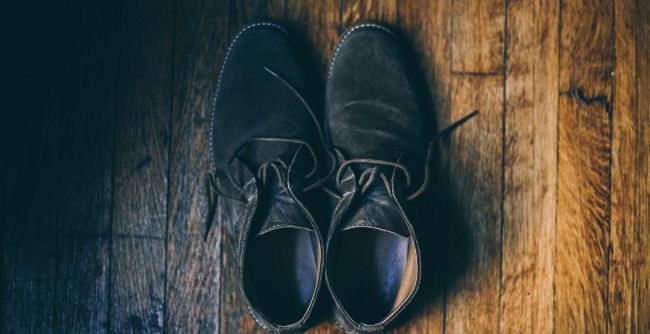Prayer elevates us above and beyond the confines of this worldly existence. In fact, in the midst of Shemoneh Esrei we can achieve a level comparable to malachim. How do we express this in our Shemoneh Esrei?
“And their feet [of Heavenly Beings] are one straight foot” (Yechezkel 1,7). Unlike man, who can constantly reach new spiritual heights through performing mitzvos, malachim have a fixed spiritual level. Indeed, our Sages described malachim as having only one leg, i.e., they are incapable of movement. Therefore, we recite Shemoneh Esrei standing with our feet together, demonstrating our elevated angelic stature as we pray (Mishna Berura 95,2).
On Yom Kippur, many men wear a kittel, a white robe, a gesture which symbolizes our angelic status on this special day (Rema 610,4). Angels are generally portrayed as male, and because of this women do not wear a kittel on Yom Kippur Mishna Berura 610,16). This raises a question: Must women keep their feet together during prayer?
Some halachic authorities offer a different explanation for why we must keep our feet together. Locked legs is a symbol of our complete dependence on Divine assistance, since we cannot even move without Hashem’s help at all times (Beis Yosef citing Mahari Abuhav). Because of this and other reasons, the accepted custom is that women also keep their feet together during Shemoneh Esrei (Toras Chaim 95,2).
A person suffering from physical pains or weakness might have difficulty reciting the entire Shemoneh Esrei standing with his feet together. Since this gesture is meant to enhance one’s concentration and not undermine it, under such circumstances a person is not required to keep his feet together. Yet he should try to do so as much as possible (Igros Moshe 5,38).
Text Copyright © 2009 by Rabbi Daniel Travis and Torah.org


